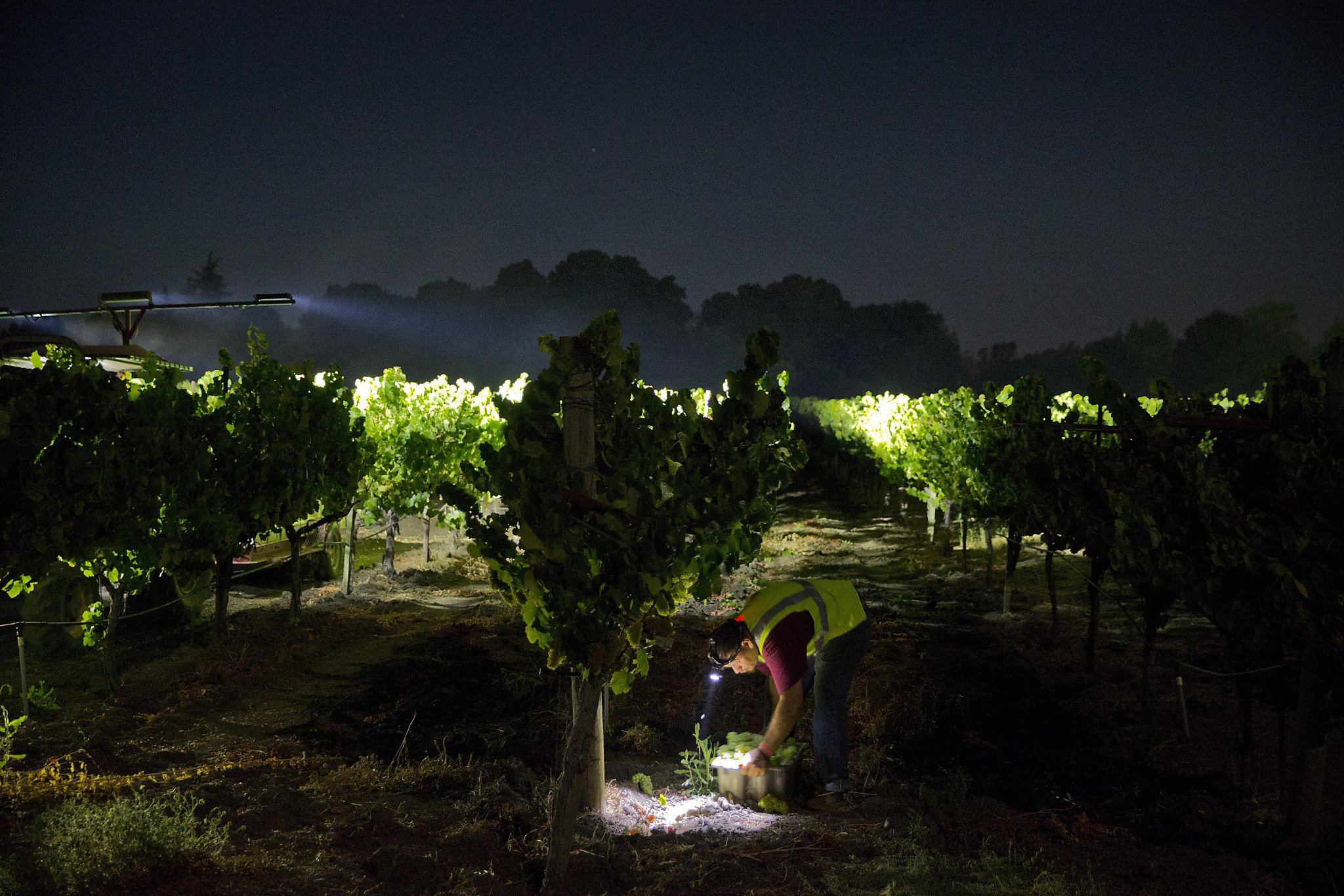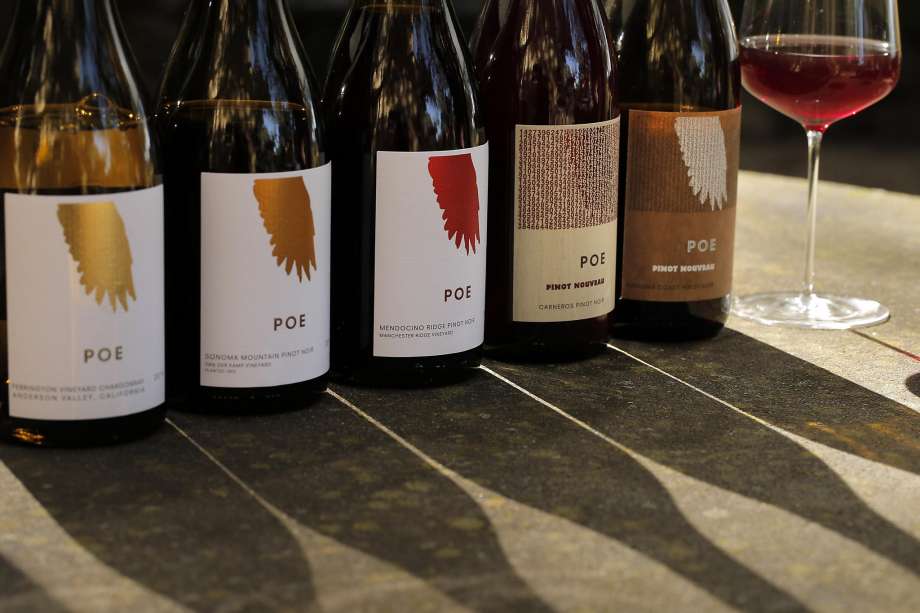
The main reason Sheehan first made nouveau, 3 years ago, was straightforward: She wanted to possess a party like this.
“The wine market is quiet this season,” Sheehan states. By November, harvest and all sorts of its frenetic energy has dulled to denouement. The vines, so lately inflamed with fruit, have joined their golden-hued senescence. The fermentation cauldrons bubbling with yeast’s mad sugar binge have quieted, upon the market to barrel, commenced hibernation. Winemakers begin to take vacation again.
The nouveau party summons back some energy. It’s a jolt out of this stillness.
However that’s only some of the reason Sheehan likes making nouveau. “Right after fermentation, the wines always smell so interesting,” she states. “I desired to capture individuals youthful aromas.”
About individuals youthful aromas. The main reason nouveau wine is able to drink so early happens because it’s frequently produced by an alternate fermentation method known as carbonic maceration. Instead of conventional wine fermentation, by which yeast converts grape juice’s sugar to alcohol, carbonic maceration happens without yeast. You place intact, uncrushed grape clusters right into a vessel, pump it filled with co2, seal it, and leave. Within this co2-wealthy atmosphere, an intracellular fermentation happens inside most grape.
Should you’ve had Beaujolais nouveau before, you’ll know about the flavors and aromas connected with carbonic maceration: bubble gum, cotton chocolate, blueberry. (Carbonic maceration can also be used in wines not released as nouveau, however that’s another column.)
These common carbonic characteristics have lengthy made Beaujolais nouveau unappealing to drinkers of “normal” wine. I’m one of these. I’ve always loved cru Beaujolais, but Beaujolais nouveau I’ve found insipid — cloyingly fruity, flabby and unstructured. The how to go about grape and winery, it appeared, were obscured through the process, all potentials of cherry, earth and leather yielding rather to some bubble-gum monotone. The weight and flavors always felt unnecessarily thin, as though your wine were undernourished.
Is nouveau, Beaujolais or else, condemned to become that bad?

California’s nouveau type of 2016 shows that the reply is no.
To know these California nouveau wines requires some open-mindedness, without a doubt, however they don’t all taste like undernourished bubble-gum juice. Poe’s Pinot bears no trace of individuals carbonic hallmarks, rather expressing the earthiness from the grape variety. Broc Cellars nouveau of Cabernet Franc mingles the range’s characteristic pyrazine component by having an unmistakably carbonic personality — like a combination of pine needles and Swedish Fish. The carbonic creations of Foundation Wine Co. will have blueberry flavors, but they’re nuanced only half-joking, Foundation owner Morgan Twain-Peterson distinguishes between “banana Runts” inside a carbonic Zinfandel and “banana Laffy Taffy” inside a carbonic Sauvignon Blanc.
In every case, your wine beneath the carbonic process remains recognizable.
Resourse: http://sfchronicle.com/wine/article/